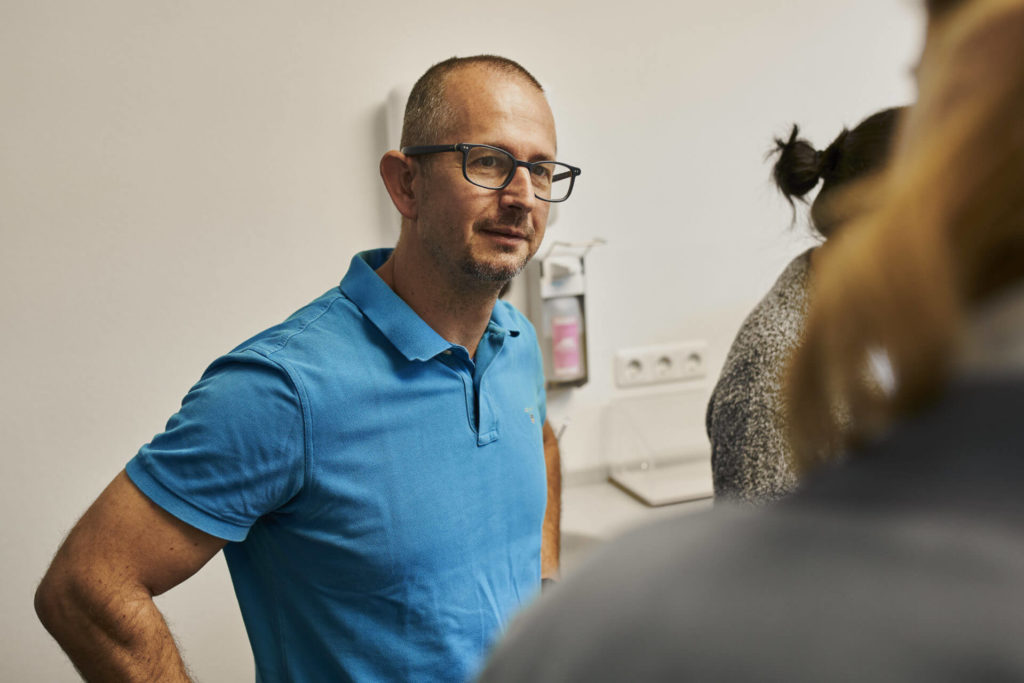“Too much of anything is bad” – this can very well be applied to manufacturing and medical scenarios as well. While lean management aims to produce goods or services faster by using fewer resources and minimal waste, it is almost sagacious to address overtreatment as a quality problem even in the medical setting. Dubbed as one of the seven deadly wastes, overproduction can be awfully convoluted.
What is overproduction for the manufacturing industry is overprocessing for the service sector and over-therapy for all medical professionals. Too many products can tie up storage space and personnel while not bringing any (added) value to the process. With a heightened degree of waste, the process of production becomes virtually flawed and unsustainable. In the case of medical treatment, overproduction can be subtle yet hard to miss.
What is over-therapy?
Any treatment procedure that goes beyond the original goal may be defined as over-therapy. Overdiagnosis and overtreatment can, in fact, outweigh the good and do more harm than originally intended, resulting in physical, financial, and emotional harm for the patients. Tactics to minimize the wastefulness in the form of over-therapy should be undertaken.
Here is an incident of a colleague to display the classic example of over-therapy:
Her patient presented with crowding in the maxilla and mandible – a class 1 dentition with neutral occlusion, skeletally orthognathic, and no other abnormalities. On average, the treatment of multiband therapy with fixed braces would require no more than 18 months to complete. Due to her expertise (and help from the Baxmann course), the excellent results were already evident after eight months of the treatment.
However, much to her dismay, the patient was surprisingly unimpressed about the quick remedy and demanded a treatment plan that would be worth paying, aka 18 months long. So, in order to cater to the patient’s outlandish demands, she changed the archwires from 19×25 Niti to 21×25 TMA, eight months into the treatment.
At the check-up appointment, eight weeks after the start, she was shocked to find that everything looked much worse than before. Therefore, she contacted me for support and we quickly inferred the problem: the bracket positioning. Every smallest positioning error of the brackets was earlier compensated for by the play between the bracket slot and archwire. With the 19×25 steel wire, for example, we have 10 degrees of play in the bracket slot.
However, with the 21×25 TMA wire, there was no longer this clearance and thus, it brought forth even the smallest deviation to light. The first step was to return to the 19×25 steel arch. All in all, she actually completed the treatment after 18 months and the patient was satisfied.
What does this hapless tale teach us? Because the patient was unable to comprehend the exceptionally fast results (rather only seeing the time-per-money relationship), the doctor decided to go the extra-mile – one that was not necessary. This apparent waste of over-therapy not only compromised the overall outcome but also resulted in extraneous waste of time and resources.
How can you minimize over-therapy?
Of course, using complex treatment modules can be helpful for some instances but time-consuming therapies are often a waste. This is where the Baxmann Keys, which I developed, can help. They make it possible to focus clearly at each appointment on what is really important and what should be checked.
The Baxmann keys are as follows:
- the cuspids always stand on both sides in class I.
- the molars are always stably interlocked on both sides in a complete class I, II, or III.
- the midlines of the upper and lower jaw are identical and parallel to each other and to the facial axis.
A deviation from upper jaw to lower jaw centerlines of a maximum of 2 mm to each other or to the facial axis is tolerable if the corresponding axes are parallel. In the case of asymmetry, the upper and lower jaw must also follow the curvature of the facial axis in parallel.
Another form of over-therapy may happen when you have not sufficiently calculated the patient’s goals and your own. A patient coming in to fix their anterior malpositioning does not need a core restoration. Make the goal agreement with the patient so that what the patient‘s desires are treated first and foremost, without neglecting the medical gold standard.

